Umrat Khan
Aspiration Statement
My interest lies in Education, specifically Curriculum Development. I will be working in a school adopted by Akhuwat in Korangi to help bring a positive change in a government school curriculum. I also want to specialize in Irani Nastaliq and explore calligraphy as a form of pedagogy.
Academic Awards / Achievements
- Dean’s List, Habib University, Spring 2018
Experience
Leadership / Meta-curricular
- Habib University Society for Sustainability, Project Head
- Purple Lion Production, Project Head
- Habib University RAQS Club, Program Lead
Internship / Volunteer Work
- Senior Editor - Caustic Frolic [Jan 2023 - Present]
- Special Collections Graduate Student Assistant - New York University [Jun 2022 - Present]
- Archival Volunteer - Massachusetts Institute of Technology [May 2022 - Jun 2022]
- Academic Consultant - Speak Up Pakistan [Apr 2020 - May 2022]
- Senior Project Consultant - Kiran Foundation [Mar 2021 - Dec 2021]
- - Korangi Public School [Nov 2019 - Mar 2021]
- Research Assistant - UNICEF [Feb 2020 - Feb 2021]
- Academic Consultant - Sindh School System Welfare Foundation [Dec 2019 - Mar 2020]
- Bigpic., Co-founder, 2018-2019
- Interdisciplinary Development Research & Action Centre (IDRAC) - Administrative Assistant, 2018-2019
- Founding Editor - Tezhib: Undergraduate Research Journal [Sep 2018 - Nov 2019]
- Hast O Neest, Volunteer, 2018-2019
- Teaching Assistant - Habib University [Jan 2018 - May 2018]
- Bina Khan Studio, Photographer, 2017
- Aurat Foundation, Volunteer, 2016
Final Year Project
Description
My research is establishing whether it is plausible to observe calligraphy as a science, using the subjective lens of a calligrapher. Plausibility has proven a useful tool for philosophical logic (Li & Wen, 2007: 629), applicable to a wide range of logic, including epistemic logic of knowledge and beliefs, in other words, coming close to the truth through a process of consensus. By travelling in history and understanding how science has differentiated itself as the highest form of knowledge, I argue that calligraphy may well be a part of science as well. Through a process of primary and secondary research, and ethnographic writing on my Ustaad, I hope to show that calligraphy may provide an opportunity for the sciences and aesthetics to once again reunite.